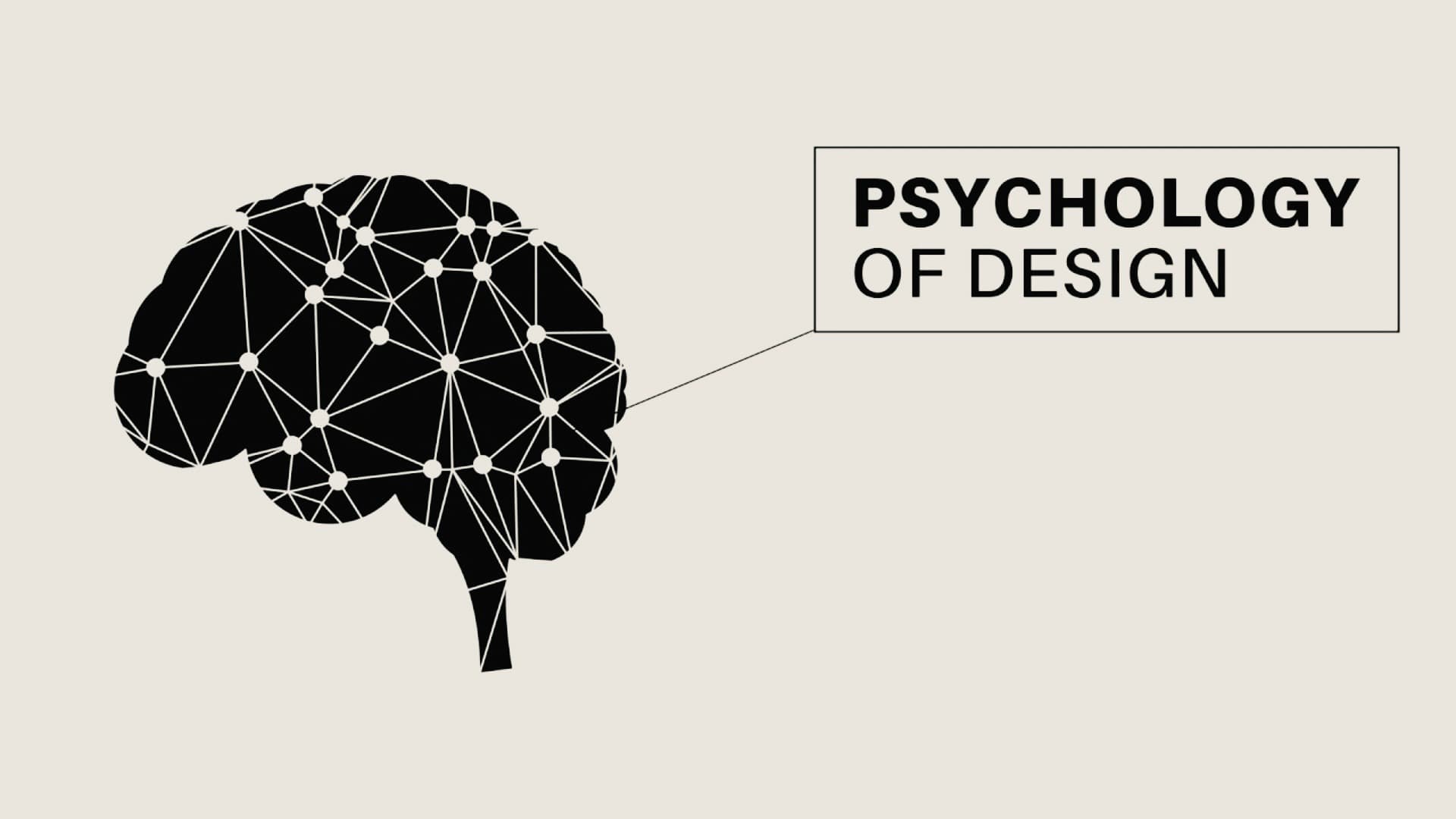Shape the way you redesign. Save your time with w2d
Harness knowledge with an AI of your own, define behaviour and integrate your favorite tech stack on over 30,000 platforms.
Published June 19, 2024

In the competitive and fast-paced world of website design and UI/UX, starting from scratch can often feel overwhelming, inefficient, and mentally draining. Designers are not only tasked with crafting aesthetically pleasing interfaces but also ensuring that these designs meet functional and user-centered requirements. This balancing act becomes even more complex when each project must begin without a template or framework to guide the way.
This is where W2D, an innovative Figma plugin, becomes invaluable. By converting existing websites into fully editable Figma designs, W2D addresses several psychological barriers that can hinder a designer’s efficiency. Cognitive Load Theory, Self-Efficacy Theory, the Zone of Proximal Development (ZPD), and Schema Theory offer insights into why designers thrive when they can start with a framework or pre-existing knowledge base. Let’s explore how these psychological principles, combined with W2D, can revolutionize the design process.
Cognitive Load Theory posits that working memory has limitations, and when designers begin from scratch, they face increased mental strain. This heightened cognitive load divides their focus between fundamental design tasks and higher-level problem-solving, which can slow progress and lead to errors.
By allowing designers to convert an existing website into an editable Figma file, **W2D** drastically reduces this mental load. Instead of spending valuable time constructing each foundational element from zero, designers can begin with an existing structure, allowing them to focus more on the creative and innovative aspects of design. This streamlined process allows for quicker progress, reduces stress, and enhances overall creativity.
Self-Efficacy Theory highlights the importance of belief in one's own abilities. When designers are forced to start with a blank canvas, especially under tight deadlines, it can lead to feelings of inadequacy and hesitation. These feelings stifle creativity, as designers may shy away from experimenting with new ideas for fear of failure.
With W2D, designers are provided with a reliable foundation to start their projects. This framework boosts their confidence, as they know they have a solid structure to build upon. The pressure of creating everything from scratch is lifted, allowing them to explore more innovative ideas without the fear of wasting time or resources. This increased confidence leads to higher productivity and better design outcomes.
The Zone of Proximal Development (ZPD) suggests that individuals perform best when given appropriate support. For designers, tackling complex design challenges from scratch can push them outside their ZPD, leading to frustration and creative block.
By providing an initial design structure, W2D acts as the guiding framework that keeps designers within their ZPD. With a starting point already in place, designers can gradually take on more complex tasks and refine their skills as they progress. This structured support allows designers to grow professionally without feeling overwhelmed, ensuring that they remain productive and engaged in the design process.
Schema Theory posits that we use existing knowledge structures to process new information. Designers rely on mental libraries of design patterns and principles, applying these schemas to new projects for consistency and coherence.
Schema Theory explains that people use existing knowledge structures—schemas—to process new information more efficiently. For designers, these schemas are visual libraries of design patterns, color schemes, and layouts accumulated through experience. Starting from scratch, however, forces designers to build these schemas anew, which slows down the creative process.
W2D leverages these existing schemas by enabling designers to import real-world website designs into Figma. Instead of reconstructing familiar elements, designers can quickly apply their knowledge to adapt and customize existing designs. This not only saves time but also ensures that their work remains consistent and coherent with established design principles.
Traditionally, web designers spend hours painstakingly crafting each element from scratch. This labor-intensive process often leads to repetitive work, reducing overall productivity. W2D revolutionizes this approach by allowing designers to use existing website designs as a starting point. Instead of manually building each component, designers can focus on enhancing and customizing the imported design to suit their project’s specific needs.
This efficiency translates into significant time savings, allowing designers to complete projects faster without sacrificing quality. Additionally, the ability to draw inspiration from real-world designs provides a creative boost, while the flexibility to tweak every element ensures that designs remain unique and tailored to each project.
By integrating W2D into the design process, designers can benefit from reduced cognitive load, enhanced confidence, structured guidance within their ZPD, and the ability to efficiently apply existing knowledge schemas. This not only streamlines the workflow but also empowers designers to focus more on creativity and innovation. In an industry where time and creativity are paramount, W2D offers the perfect balance—helping designers work faster, smarter, and more confidently.